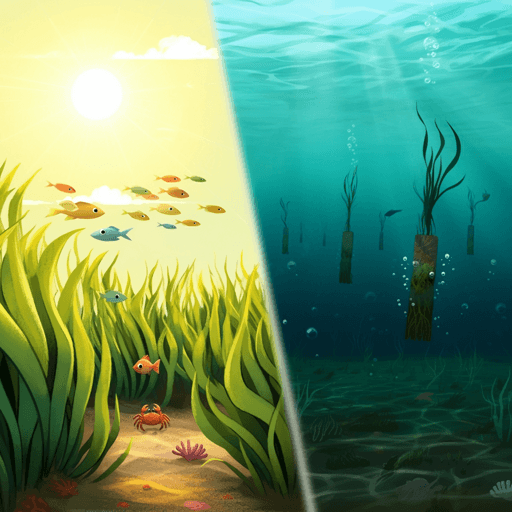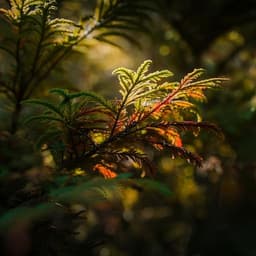
Environmental Studies and Forestry
Evaluating Habitat Provisioning and Restoration Potential of a Subtropical Seagrass Species in a Temperate Estuary
S. N. Trackenberg, C. J. Baillie, et al.
Seagrass restoration in North Carolina may need a tropical twist: surveys and a transplantation experiment show Halodule wrightii expands from April to September, varies morphologically with depth, and survives small intertidal transplants >18 months while nearly all subtidal transplants disappear within six months. Restored plots hosted fewer and less diverse fauna than natural beds, suggesting small-scale transplantation alone may not recreate functional habitat. Research was conducted by Authors present in <Authors> tag.
~3 min • Beginner • English
Related Publications
Explore these studies to deepen your understanding of the subject.







